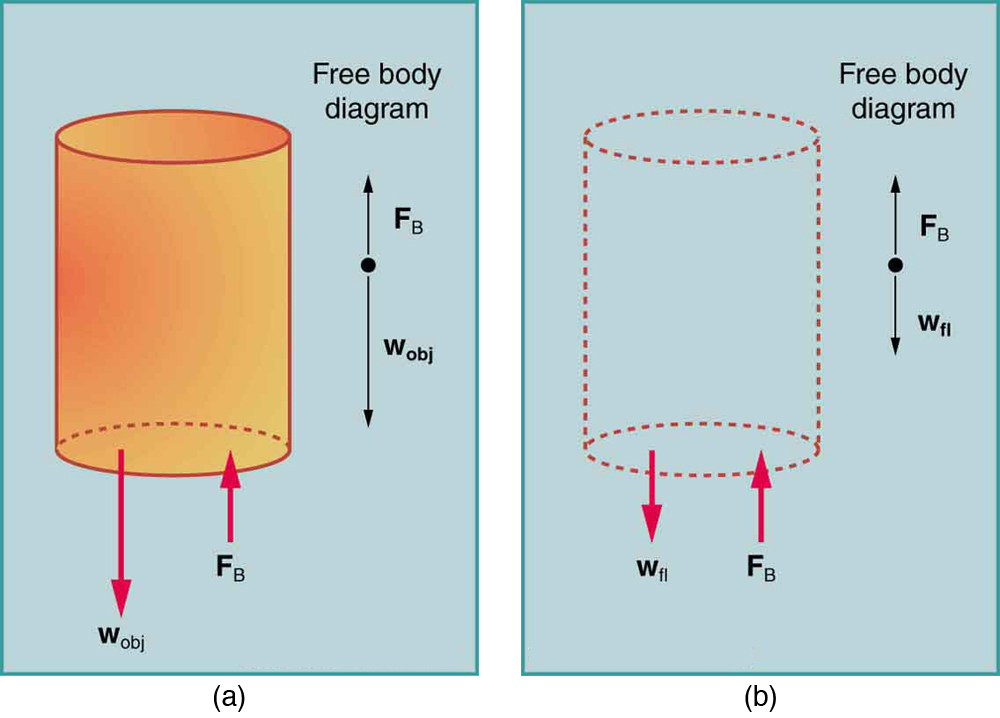Photo Source:
http://cnx.org/content/m42196/latest/?collection=col11406/latest

Since we're dealing with forces, they
must obey Newton's Laws. In this case, the third law tells us
that,
Fnet=F[buoyancy]
+ F[boat weight]
Where m[boat]=p[avg
of boat]V[amount
submerged]
Fnet=p[salt
water]V[displacement]g+p[avg
of boat]V[amount
submerged]g
Since V[displacement]=V[amount
submerged] and both
share gravity (g), Then...
Fnet=Vg(p[salt
water]+p[amount
submerged]).
When it comes to determining whether a sailboat will
float, there exist three different situations. They are:
Fnet<0
(The sailboat experiences a force down, therefore "sinks")
Fnet>0
(The sailboat experiences a force up, therefore
"floats")
Fnet=0
(The net force is zero, therefore achieves neutral buoyancy).
In each case, the changing
relationship originates from the density differences between
water and the boat. Note, by adding more mass inside the
sailboat (gear, food, etc.) increases the density of the
sailboat. Therefore, as long as the density of sailboat
doesn't exceed the density of saltwater then the sailboat will
stay afloat.
Even when buoyancy is established, strong
winds can still cause a sailboat to capsize.
Continue...
Main Page
...Back
